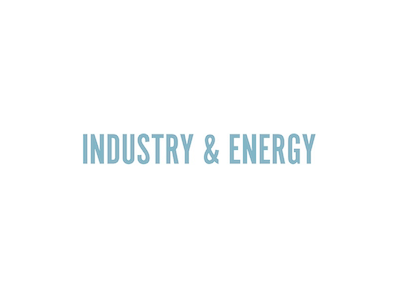Germany – In an aim to build at least 2 gigawatts (GW) of electrolyser capacity to generate green hydrogen by 2030, RWE has pre-selected the technical provider for two 100 megawatt (MW) electrolyser plants in Lingen.
The company signed an agreement with Linde, the world’s leading industrial gases and engineering company, to deliver the project’s permit planning. Permit planning is a part of the pre-development phase of a project. The award of state aid through the Federal Republic of Germany is expressly subject to the subsequent detailed engineering, procurement, and construction phases.
The planned 200 MW plant is part of RWE’s plan to build a 300 MW electrolyser at the Lingen site by 2026 as part of the GET H2 project. By 2030, RWE wants to increase the total electrolyser capacity at Lingen to 2 GW. The goal of the GET H2 project is to build the critical mass needed to kick-start the development of a cross-regional European hydrogen infrastructure and a strong European hydrogen market, in collaboration with national and European partners.
The proposed new plant will initially consist of two 100 MW Proton Exchange Membrane (PEM) electrolysers that will be powered by North Sea offshore wind power to produce green hydrogen. Lingen’s green hydrogen is expected to help avoid the release of significant amounts of carbon dioxide into the atmosphere. The first 100 MW electrolyser is expected to go online in 2024, with the second following in early 2025, assuming that public funding under the IPCEI mechanism is awarded on time.
RWE is involved in over 30 projects around the world, spanning the entire hydrogen value chain. The company is one of the world’s leading producers of renewable energy electricity. In addition, RWE has experience with green hydrogen production and storage. RWE can tailor hydrogen to the needs of industrial customers through its energy trading unit.





